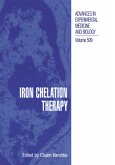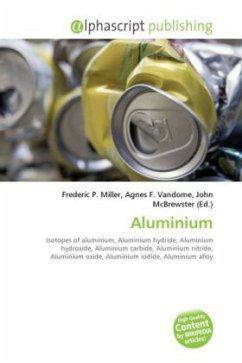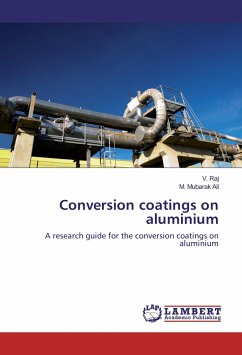Please note that the content of this book primarily consists of articles available from Wikipedia or other free sources online. Aluminium toxicity in dialysis patients Aluminum toxicity is widely considered a problem for patients on haemodialysis, and it s still a concern. Aluminium is considered as a potentially toxic metal, and aluminium poisoning may lead to mainly three disorders: aluminium-induced bone disease, microcytic anemia and Neurological dysfunction (encephalopathy). Such conditions are more prominently observed in patients with chronic renal failure and especially in patients on haemodialysis. About 5 10 mg of aluminium enters our body daily through different sources like water, food, occupational exposure to aluminium in industries etc.In patient with normal renal function Serum aluminium is normally lower than 6 microgarm/L. Baseline levels of serum aluminium should be 20 microgram/l.According to AAMI standards aluminum levels in the dialysis fluid should be less than 0.01milligram/L.







